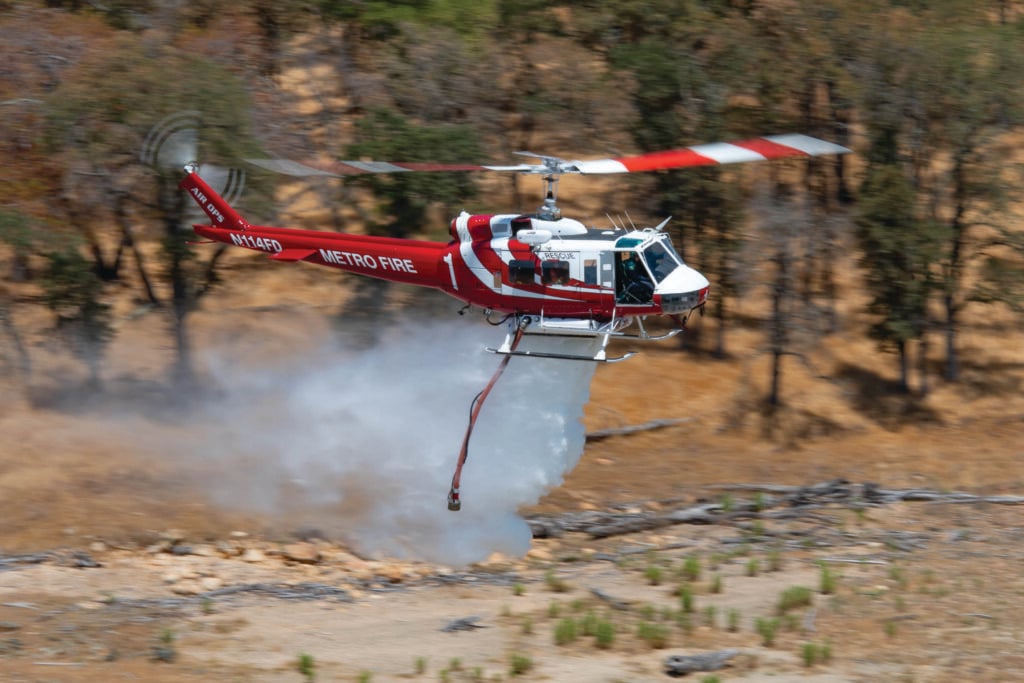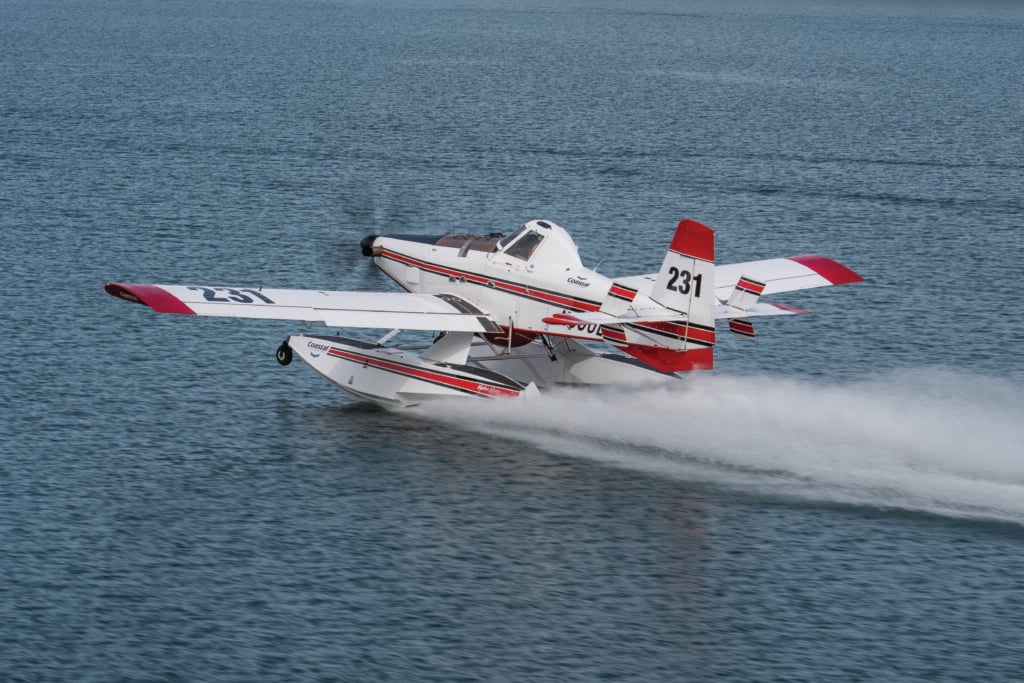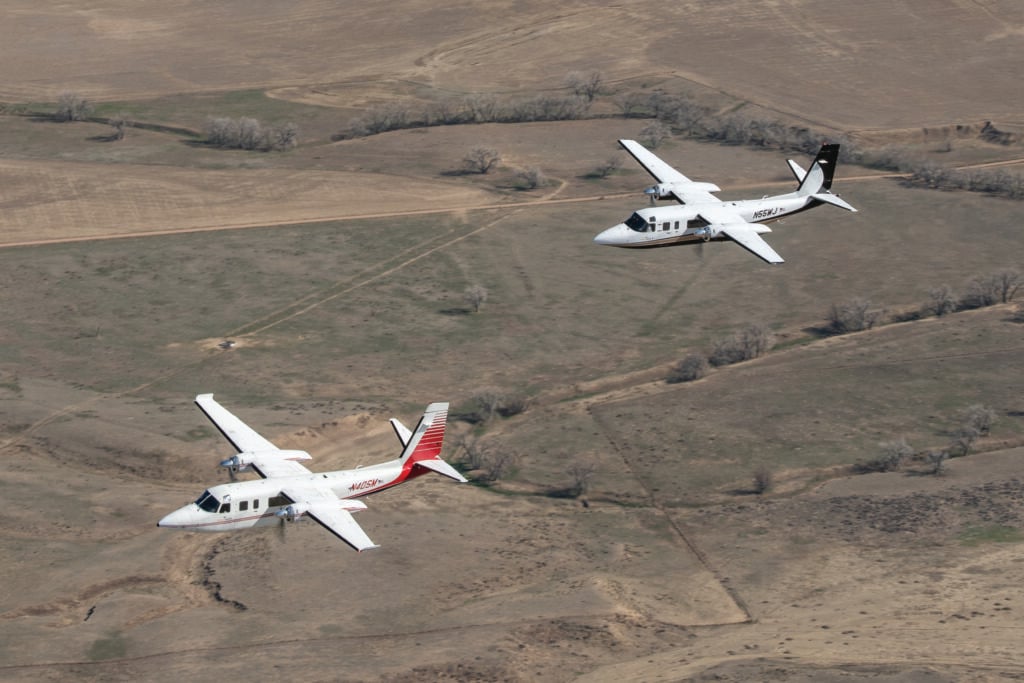Perspectives from Both Sides and How We Move Forward
Lowest Price Technically Acceptable (LPTA) is a government contracting method in which the award is made to the bidder with the lowest price that meets the government's technical requirements. LPTA is increasingly being used by civilian agencies, but it is not without its challenges.
Government Perspective”
"The lowest bidder is not always the best choice, but it is often the easiest choice.” - The Government Finance Officers Association
The Forest Service (FS) and Department of Interior (DoI) are using LPTA more often because not only is it is a way to deal with the limited funds available for “preparedness” contracts provided by Congress, but it also reduces the complexity of the procurement process. Best Value evaluations require technical experts with the knowledge and availability to document the strengths and weaknesses of each proposal. It also requires forethought on the tradeoffs the government is willing to make to pay a higher (or lower) price. An LPTA evaluation is relatively easy to execute, typically with go/no factors on technical requirements and often with no review of price other than reasonableness (which is determining that a price is not too high).

The key to LPTA being successful is making sure that the technical requirements have been defined to reflect the minimum requirements the government needs. While many often think this is the bottom of the barrel, it should be just the opposite. The idea with LPTA is that bidders are providing the same equipment capability, level of service and performance. Contractors who are poor performers or who don’t have the right equipment shouldn’t meet the government’s technical requirements if they are written correctly. Think of it as going to multiple car dealers to buy the same type (SUV), size (mid) and trim level (leather and mobile-phone compatibility) for a car so you can buy from whomever will give you the best price.
Basically, the simplicity and low protest risk make it an attractive option for agencies with limited procurement resources. In addition, recent audit findings have shown that the Forest Service’s historical contracting processes are not entirely compliant with today’s regulations and awarding contracts using LPTA is a solution to those problems as well.
Industry Perspective:
"The lowest bidder is not always the best contractor. Sometimes, the lowest bidder is the least experienced, the least qualified, or the least capable." - The U.S. Government Accountability Office
Industry is concerned that LPTA can lead to lower quality products and services, giving the industry a bad reputation and putting safety at risk. This is because companies may be tempted to cut corners on quality to offer the lowest price. The aerial firefighting industry has been through tough times over the years due to incidents and no one wants to replicate what’s happened in the past. They see LPTA as “encouraging” poor maintenance and training practices to get a contract.
Additionally, LPTA can make it difficult for new entrants or even seasoned companies to compete, as these companies may not be able to offer the lowest prices when there are no guarantees that there will be work. Contractors who do not have exclusive use contracts must spend significant amounts of money to maintain their aircraft and pilot readiness for a call that may never come. These costs are not reimbursed by the government and can’t usually be covered by other customers because the government IS the only customer. LPTA can make it difficult for companies to make a profit or even cover fixed costs, as they may be forced to bid at unsustainable prices to win contracts. Reducing competition is not typically an outcome the government is looking for when using LPTA, but in the aerial fire industry, it’s a looming possibility.

How to Move Forward:
“The lowest bidder is not always the best way to get the best value for your money. Government agencies need to consider all of their options and make the best decision for their taxpayers.” - Anonymous
There are a few steps that can be taken to address the concerns about LPTA:
Government:
- Use price realism in the evaluation of proposals, even when using LPTA. This means considering the cost of meeting the government's technical requirements, as well as the cost of any other factors that are important to the agency, such as quality, performance, and risk. This requires the government to understand what the actual costs are, not to just compare what price was paid previously. Proposals that have unrealistic prices can be removed from consideration, even in LPTA.
- Allow for more flexibility in the technical requirements, so that contractors can offer innovative solutions that may be more expensive but also more beneficial to the government. For example, an agency could allow contractors to propose alternative technical solutions that meet the agency's needs in a different way.
- Allow for more flexibility in pricing. Contracts that require a contractor to be ready to provide service at short notice with no guarantees does have a cost, so including a certain number of flight hours in the availability rate or even allowing different rates when minimums are met could save the government in the long run and provide more stability for the contractor.
- Invest in training and resources for staff who create requirements, evaluate proposals, and oversee contractors’ performance. This will help them better define the technical requirements and to evaluate proposals more effectively.
- Work with industry to develop performance-based contracts. This type of contract rewards contractors for meeting specific performance goals, rather than simply for meeting the government's minimum technical requirements.
- Develop a more comprehensive understanding of the marketplace. This will help the government to set realistic technical requirements and to understand the costs of meeting those requirements. A contract must cover a contractor’s fixed costs if the contractor has any hope of remaining in business.

Industry:
- Be more transparent and vocal about pricing. Contractors should be willing to explain the factors that are driving their prices and to justify their pricing decisions to the government. Insist on inflation indexing for items other than fuel and make sure wage determinations and resulting rates are updated, as allowable.
- Work with the government to develop innovative solutions that meet the government's needs. This may involve collaborating with other companies or proposing alternative technical solutions.
- Participate in industry associations and government initiatives that are working to improve the quality of government contracting. For example, the United Aerial Firefighters Association (UAFA) has a Government and Industry Advisory Committee that works to address the concerns of members. It includes members of the industry and the government.
- Form partnerships with other companies. This can help companies to reduce costs and to offer more innovative solutions to the government.
In the end, aerial firefighters and the government want the same thing-to support the firefighter on the ground. By working together, the government and industry can develop a contracting process that is fair, efficient, and effective. This will help to ensure that the government is getting the best value for its taxpayer dollars and that industry is able to support the mission, provide good paying jobs in rural areas, and innovate.






